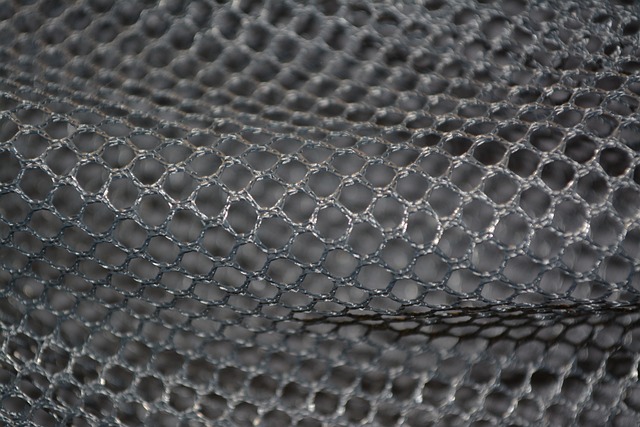
Web design often intrigues many at first, but a lot of them walk away because they think it is too complex. If you are someone who is interested in website development but doesn’t know where to begin, check out this article for some common sense strategies that will help you build your first website.
Choose proper graphic for your web designs. Keep in mind that bitmap images are quit large. For this reason, they don’t work well; however, PNG images work very well indeed. For simple images, GIF is fine, though. JPEG images are good for pictures.
Search Box
Be sure you have a search tool that lets others search when on your site. If those visiting your site are looking for something specific, the first thing they will look for is a search box. If this option is unavailable, they may leave the site for one that allows a search. People look for these search boxes in the top right corner of the page, so place the search box in that area.
Go through all links on any page on your website carefully to make sure there are no links that are broken before you upload the page. A visitor will get very annoyed when they click on a link that takes them to either a blank page or one that gives them an error. You can check your links manually, or there are programs that will scan your site for you and report any broken links.
Make sure your website is easily scanned. Various tests on usability demonstrate that most online readers do not actually read all the content; instead, they scan it for something that interests them. Break text into small, easy to scan sections to help readers quickly find the information they are looking for. Important content that you do not want visitors to miss should always be placed at the top of each page. Your visitors will enjoy their time on the website more.
Don’t have pop-ups. This is one of those most hated marketing tactics on the web! Many people leave any website immediately if pop-ups occur, even if they’re interested in the website. Avoid those annoying ads to keep your customers content. Is your host making you use pop-ups? Time for a new host.
Regardless of your target crowd or your site’s purpose, you always want to aim for a ten second loading time or better. Visitors want and deserve a sleek website that slides into their browsers fast. Your viewers want instant gratification, so you need to provide it.
Add pictures to your site to make it look better This will help your website look great and offer a user-friendly approach. When people see a picture, they spend more time on the site and clicking to see more.
Understand what your purpose is. For instance, if your site is meant for blogging, know about the topic before writing about it. Giving your customers unclear or false information will only cause you to lose readers. Knowing your subject thoroughly will make your blog good.
Adobe Photoshop is a valuable software program for any dedicated web designer. When amateurs use Photoshop, they often create very professional grade sites based off the capabilities of the software. If you don’t have an easy-to-use tool like Photoshop, it will drastically increase the time and effort required to build a professional-looking website.
Make your website content grabbing to readers. The design of your website is important, and the content is too. When you have relevant content on your site that appeals to your viewers and takes into account what they are looking for, there is a good chance they will want to visit again in the near future.
Alt Tags
Remember to use ALT tags on any images you use in your website. These tags are very important for the handicapped segment of your target audience. Even if you use links for your images, the ALT tags will help to explain what the link does. Search engine crawlers also heavily use ALT tags to boost the rankings for some websites.
Make sure your navigation is easy. The placement of your navigation links on a website plays an important part in determining how long a visitor will remain on your site. Your navigation structure should be easy to navigate for the best user experience.
Include text content on your link page. The purpose is to ensure that your customer or client is clicking on exactly what they are hoping to find. If you do not include this, users may find themselves clicking on things they do not want to visit.
While you design your site, remember you don’t have to use all the available space on every web page. By insisting on utilizing all the available tips and tricks, you can make a site that is not friendly to your users. Leaving a sufficient amount of space in between the various elements on the webpage however, can give your visitors a more comfortable experience. Space can lend just as much value as information.
Start out with building small websites so that you can determine what areas you worked on that were good, and what areas you worked on that were not so good. You want to start off with maybe a couple of pages that are basic with just information and text, and see how you feel from there.
Because you now have a clearer idea of what website development entails, you should now begin feeling more confident about it. Always remember that there’s a lot of web design information available, and you must seek it out. Couple the benefits of that knowledge with the tips presented here and you will certainly be a success with web design.